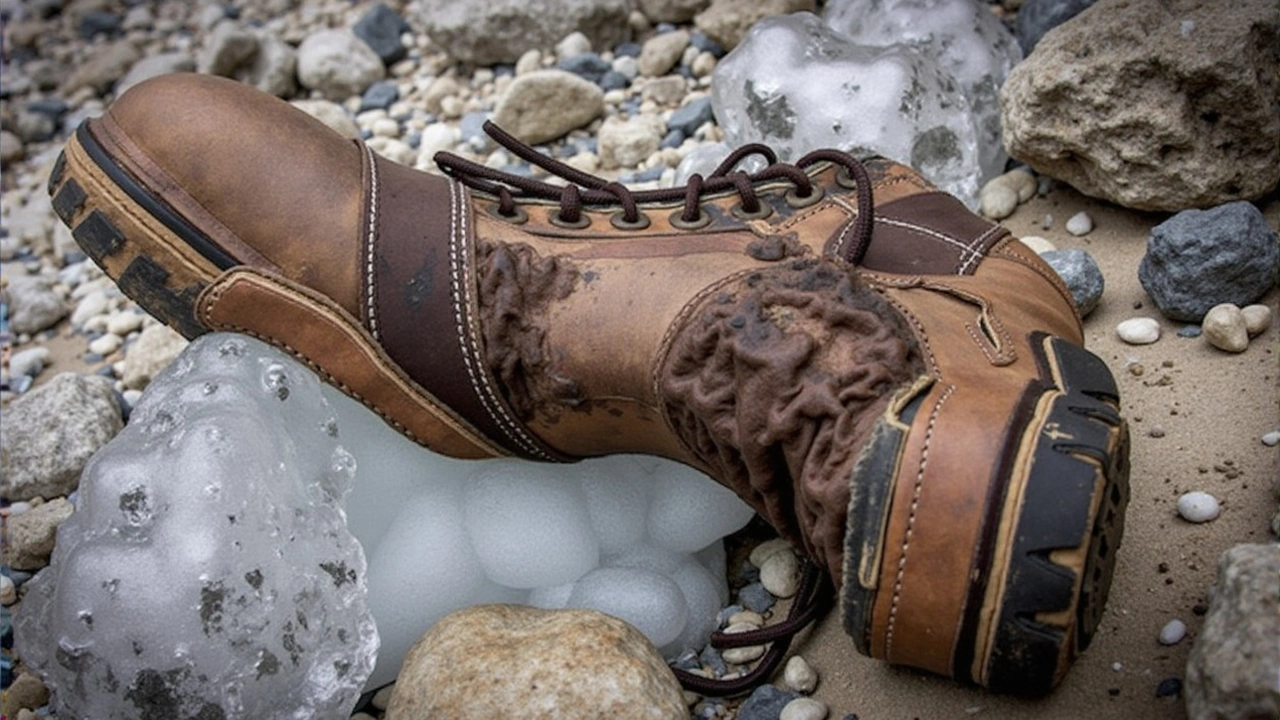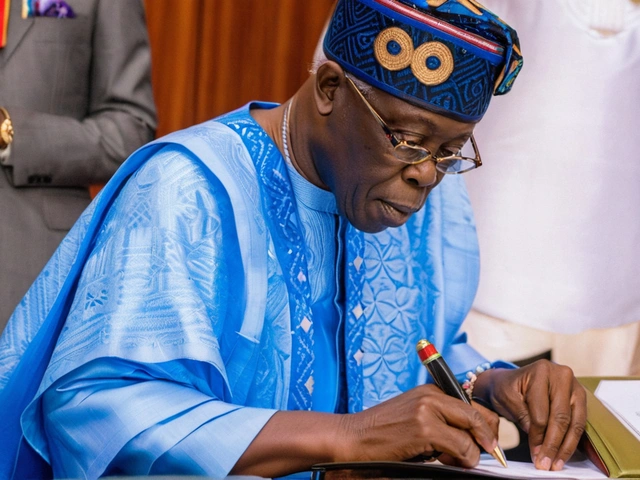Mount Everest: what you need to know before you go
Mount Everest is the world's highest peak at 8,848 metres (29,032 ft). You’ve probably seen the photos and heard the stories — thin air, heavy packs, and dramatic weather swings. If you’re thinking about a trek to base camp or a full summit attempt, this page gives straight, practical info: seasons, routes, costs, safety and simple planning tips.
Quick facts to remember
Two main approaches: the South Col route from Nepal (popular for most climbers) and the North Ridge route from Tibet/China. Best windows for attempt are pre-monsoon (April–May) and post-monsoon (late September–November). Everest Base Camp (EBC) trek is 8–14 days from Lukla and is doable for fit walkers. A summit push is a different level: high-altitude experience, technical skill, and guided support are essential.
Cost snapshot: a guided summit expedition usually runs from about $35,000 up to $100,000 or more depending on service level. Permit fees can be high — Nepal’s permit for the spring season has been reported around $11,000 per climber — and that’s only one piece of the budget. Base camp treks without summiting are far cheaper (often $800–$3,000 depending on group and services).
Planning your climb or trek
Decide your goal first: trek to Base Camp or aim for the summit? For EBC, no technical climbing gear is needed but you should be fit and prepared for altitude. For a summit, choose an experienced company with good guides and fixed-rope management.
Training and experience: build endurance with long hikes carrying a pack, add strength and high-intensity cardio, and do at least one multi-day high-altitude climb if you can. Experience above 6,000–7,000 metres helps your chances and safety.
Acclimatization basics: follow a slow climb profile with rotation days to higher camps and return to sleep lower. Schedule rest days and monitor symptoms. Carry a pulse oximeter and know basic signs of acute mountain sickness (headache, nausea, reduced coordination). If symptoms worsen, descend immediately — that’s non-negotiable.
Gear and oxygen: for summit attempts you’ll need high-quality insulated clothing, boots, crampons, harness and a reliable down suit. Supplemental oxygen is commonly used above 8,000 m and can be lifesaving; plan for bottles and regulators as part of your logistics.
Permits, logistics, and timing: book early for spring seasons. Permits, guide availability, and flights into Lukla or permits for Tibet can sell out. Factor in travel delays and buffer days for bad weather.
Final tip: talk to climbers who did it recently and read honest trip reports. Everest rewards respect for risk. If you prepare, listen to your body, and choose the right support, you’ll have a far better and safer experience.
Century-Old Mystery on Everest: Discovery of Sandy Irvine's Foot Could Rewrite History
By Sfiso Masuku On 12 Oct, 2024 Comments (20)

The recent discovery of an old boot containing a foot on Mount Everest's Central Rongbuk Glacier has reignited interest in a century-old mountaineering mystery. Believed to belong to Andrew "Sandy" Irvine, who disappeared in 1924 while attempting to summit the mountain with George Mallory, this finding might change the history of Everest ascents, as the boot contained an embroidered label linking it to Irvine.
View More




